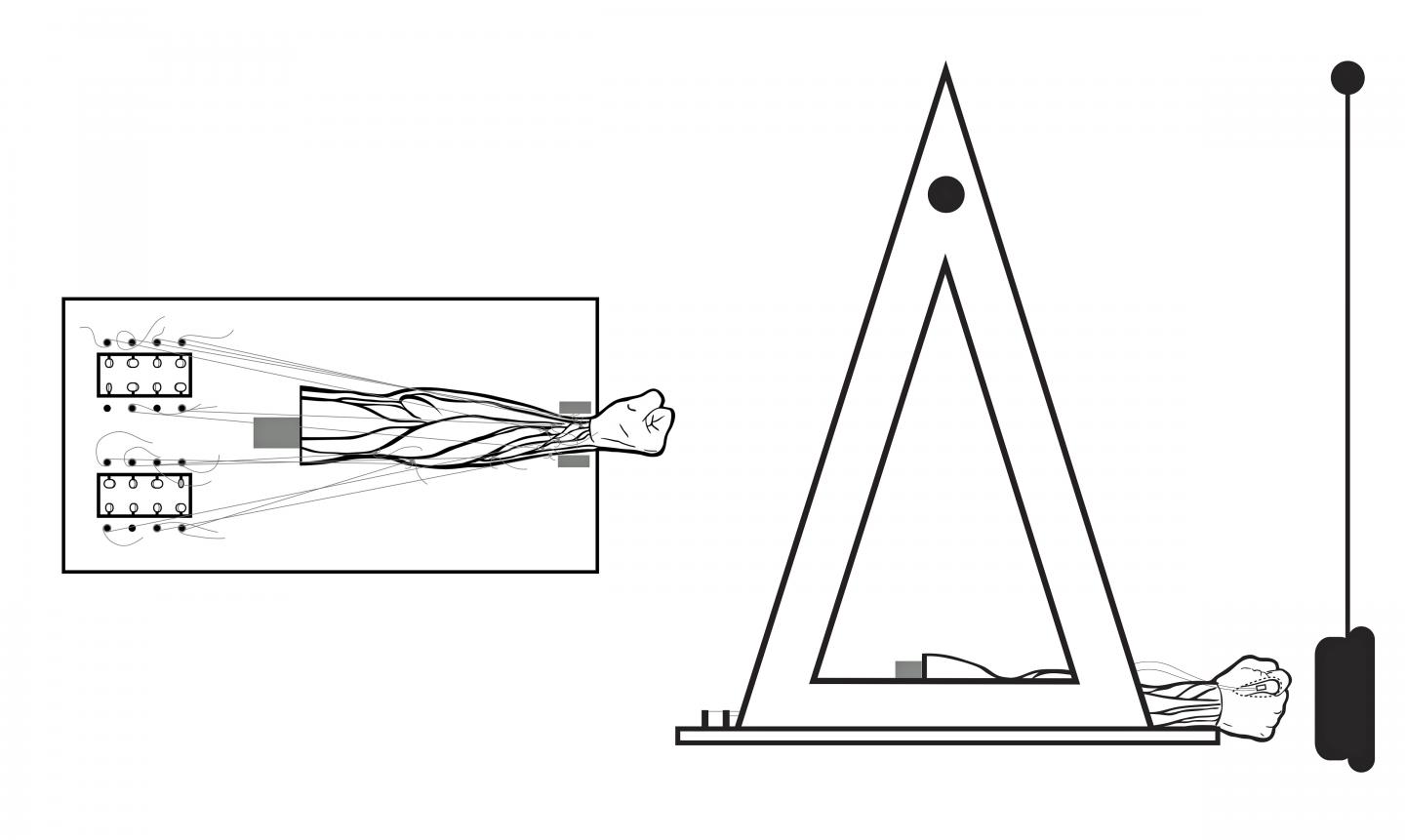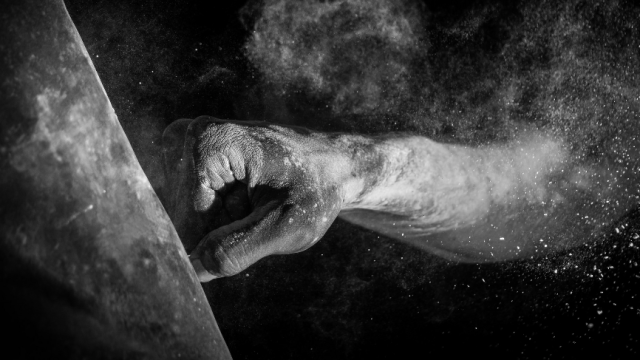The human hand is a marvellous evolutionary invention: it can tie knots, tap out blog posts, wield tools and wire circuit boards. But how did we get these hands, with their long, dextrous fingers and conveniently opposable thumbs? It’s likely that tool-grasping played a role, but according to one evolutionary biologist, so did whacking your enemies upside the head.
For years, physiologist David Carrier of the University of Utah has argued that violent behaviour may have led our ancestors to evolve their unique hand shape — the only hand among all primates capable of forming a true fist. Hey, males of all ape species fight for mates. That conflict should exert evolutionary pressure for males to become better fighters, right?
Maybe, but also maybe not. The idea doesn’t sit too well with most members of the evolutionary community, many of whom maintain that Carrier has yet to show anything close to definitive proof. Carrier’s latest study, published Wednesday in the Journal of Experimental Biology, could lend support to the controversial hypothesis, but it isn’t a smoking gun. It does, however, involve slapping shit with dead human arms, so we’re going to talk about it.
Throwing a Proper Punch
In a delightfully creepy example of what you can do as an experimental biologist, Carrier and his colleagues purchased nine male cadaver arms — don’t worry, all properly donated to science — and strung them up by tying fishing line to the tendons and anchoring the lines to guitar tuners. Guitar tuner knobs controlled the tension on the lines, allowing the researchers to adjust the arms and hands any which way.

Photos of a living person’s hands punching or slapping a padded dumbbell weight show the positions of cadaver arms and hands in Carrier’s new study. Image Credit: David Carrier, University of Utah
“Each one of these hands took about a week of work,” Carrier said in a statement. “First we had to dissect it to expose the muscles, apply one or more strain gauges, and then attach the lines to all the tendons so you can control the position of the wrist, thumb and fingers to create a buttressed fist, unbuttressed fist or open-palm posture. Everything had to be lined up just right – all the joints, tension in muscles, the orientation of bones.”
Following these macabre preparations, the researchers proceeded to use to the dead arms to throw hundreds of punches and slaps at a force-detecting dumbbell, all the while carefully measuring the power of impact.
“To really make valid measurements, we had to introduce transducers on the bones,” Carrier told Gizmodo. “That’s too invasive to do in a live subject.”

Bird’s eye view (left) and side view (right) of the experimental set-up. Image Credit: Andre Mossman, University of Utah
Their data indicates that a buttressed fist (thumb folded and locked across the first two fingers) can strike with 55% more force than an unbuttressed fist, and twice the force of an open handed slap. What’s more, fists offer greater protection to the delicate bones of the hand and wrist.
“This was really an effort to test one idea: that the proportions of our hand in a clenched fist allow energy to be transferred through the index and middle finger, from them through the thumb and to the wrist,” Carrier told Gizmodo. “In doing so, the bones of the palm are unloaded and protected.”
Causation or Coincidence?
Carrier’s latest findings certainly show that turning one’s hand into a buttressed fist is one of the best ways to inflict damage on an opponent, confirming age-old martial arts wisdom. But the study doesn’t necessarily imply causation. That is, just because we’re the only primates that can make this particular sort of weapon, doesn’t mean we were built to do so.
“There are many other behaviours that could be marshalled to explain the morphology of human hand bones,” biologist Brigitte Demes told The Washington Post. According to Demes, aggression is just the particular narrative Carrier likes.
What’s more, despite the convenience of our club arms, we’d be remiss to assume we’re the only primates capable of messing each other up. As science writer John Rennie pointed out in response to another punching paper of Carrier’s in 2013, “even with their miserable fists, male gorillas and chimps can inflict devastating, even lethal injuries on their rivals.”

We’re not the only primates who fight. Image Credit: Atony Stanley / Wikimedia
Finally, fists aren’t even necessarily the best way for humans to strike each other. Arizona State University’s Mary Markze told The Post she was surprised that the authors compared fist punching with palm slapping, as opposed to the much more powerful heel of the palm strike.
“The latter is well known to be very effective in fighting. It has the advantage of concentrating force over a relatively small area of the hand, an advantage that the author highlighted for the fist in an earlier study. The palm heel punch does not require hominin thumb and finger proportions.”
Clearly, Carrier’s still got an uphill battle if he wants to convince the rest of the scientific community that short, square hands are designed for senselessly bashing one another. The man doesn’t seem too perturbed by that fact, however.
“No way are the sceptics going to be convinced by anything we come up with,” Carrier told Gizmodo. “I think there’s a reluctance by many people to accept or consider the idea that aggression was important in our past. If that were true, it implies that it’s part of our nature.”
“I think at some level, that’s putting one’s head in the sand,” he continued. “If we have a better understanding of the reasons we have emotions that lead us to react with violence and aggression, we’re in a better position to prevent it in the future. To ignore the possibility that this is part of who we are is irresponsible.”
[University of Utah News h/t The Washington Post]
Top image: MaxFaleel / Flickr
